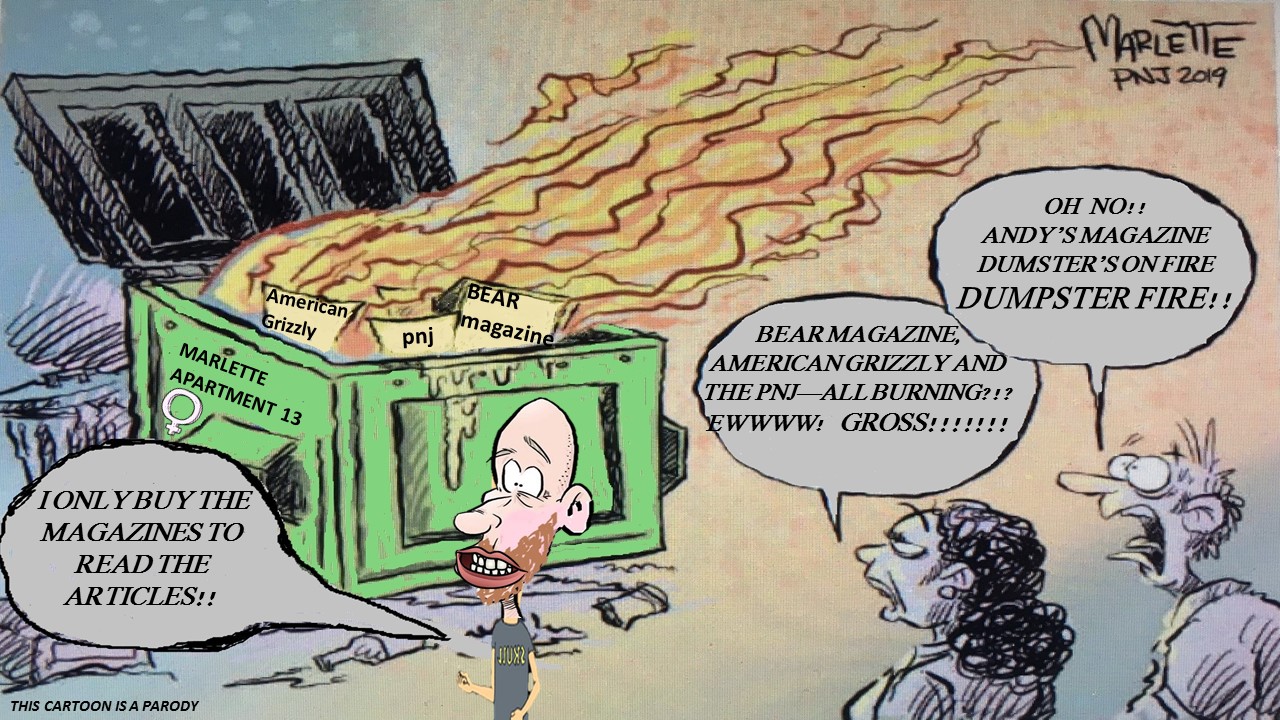The city is dealing with issues arising from a growing population of the homeless or the "unhoused." ("Unhoused people" is a term I am hearing a lot lately. Maybe this is the new PC term we are all supposed to be using now?)
So the county has $4 Million in Federally-provided funds to help address the issue(s) surrounding homelessness. And the county has discussed this on a number of occassions.
We'll be discussing it again this Thursday evening. What do we do with the money, how do we distribute it to help with the issues and what does victory in dealing with this problem look like?
We settled last meeting on having staff bring a process for us to award nonprofits that work in this space individual allocations from this $4Million corpus of money. Then progress can be tracked, multiple appropaches (and cash awards) can be made to vetted, fully licensed and documented legitimate 501(c)3's to assist families and individuals that are in need find what they need to once again become productive, normal members of civilized society. So that part is good, and I look forward to supporting multiple approaches and organizations that have already rolled up their sleeves and proven they can assist with this issue in our community.
BUT WHAT ABOUT THE ESTIMATED UP TO 40% OF HOMELESS WHO DON'T WANT HELP?
My question to several who work in this space is simple, yet the concrete answers never come back. But this question is just as important as the question about what we do for folks who are truly needy, down on their luck and want help to be once again productive and off the streets.
Whatever we do, I won't vote for anything that enables dysfunctional lifestyle choices (continued addiction, street crime, drug abuse, vandalism, trespassing, littering, etc.). And therein lies the problem.
I'm told up to 40% of these "unhoused persons" are quite content where they are and doing what they do.
Unfathomable as it may seem, yes, it is true. These folks, this up to 40%, do not want to give up the drugs and booze, they want to panhandle, they will continue to steal, litter, or do dysfunctional things like attack other unhoused persons or run around with their genetalia hanging out of their clothes, defecating in public, starting fires in their campgrounds (that subsequently get out of control) or dumping shopping cart loads of feces in bags in peoples' yards.
So yes, we can all agree to sing Kumbaya and help the majority that truly want help and want to break the cycle of their situation(s).
But as a commissioner serving compassionate citizens who care about communities and neighborhoods and safety----helping folks cannot also require that we tolerate dysfunctional destructive behavior that erodes the quality of life for citizens, children, neighborhoods, and communities that want to be clean, safe, and crime and dysfunction free.
So we need to know what we are going to do to help the 60% AND how to deal with the 40%
Can we answer the 40% question first, please?








































4 comments:
Audio on the agenda review video wasn't very good. Had to turn it up all the way.
Just wondering where you got your 40% statistic?
That number is an estimate based upon my conversations with multiple persons who work in this field in our county--it's 35-40% that are homeless by choice. It is borne out by the startling statistic provided yesterday to the full board indicating a significant number of the homeless locally who completed a survey (more than one third of the total) have been homeless from 1-5 years. If you are able-bodied and are homeless for five years---what do you think that means if NOT homeless by choice?
Are some people homeless by choice? Sure. No way it’s 40%.
Perhaps a statistic you should look at is the lack of units for low income people as well as the lack of community treatments for alcohol and drugs to go with that. Look at the high percentage of folks that are disabled—which means their incomes will be low. Where are they going to get housing?
More units for these families are needed.
Post a Comment